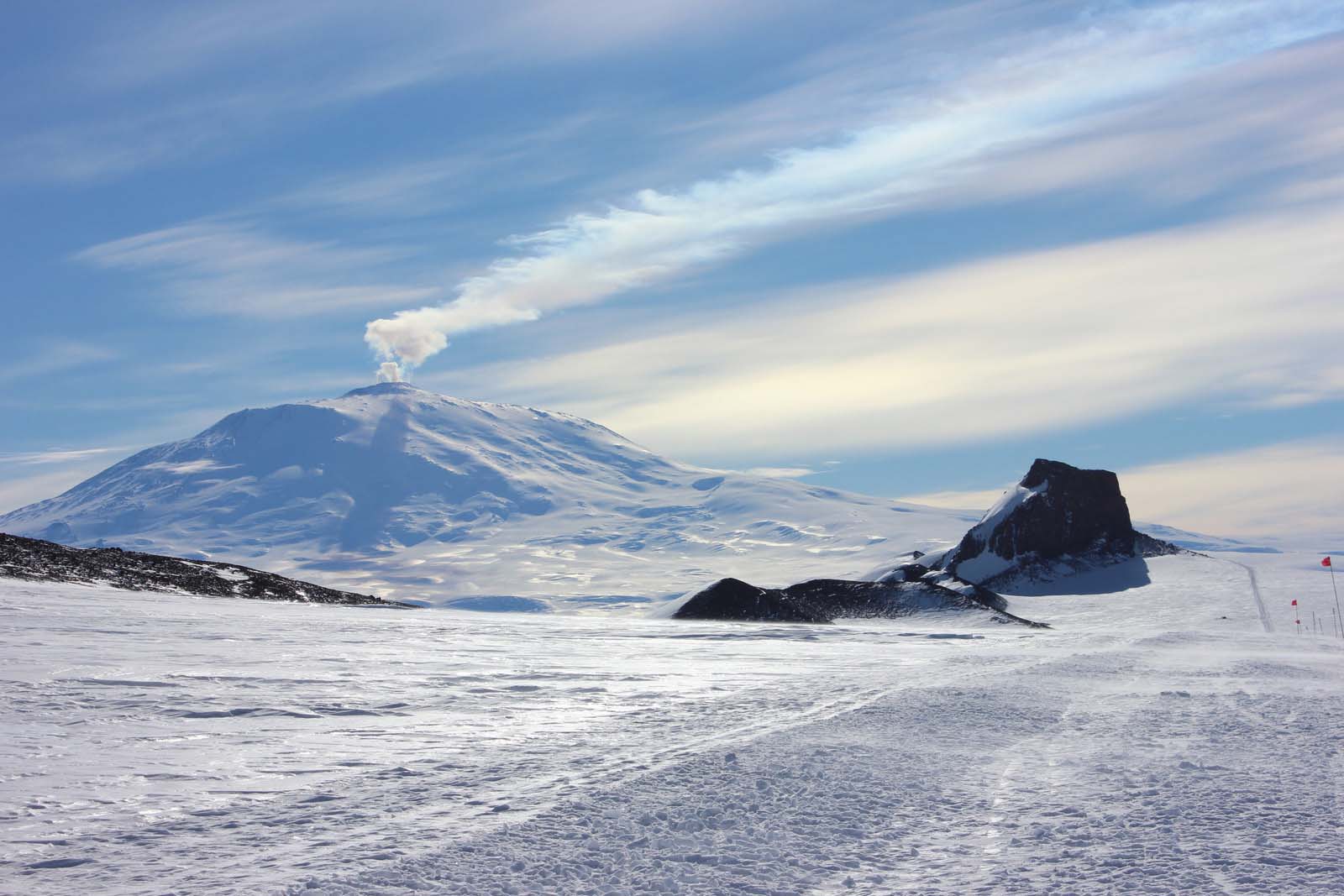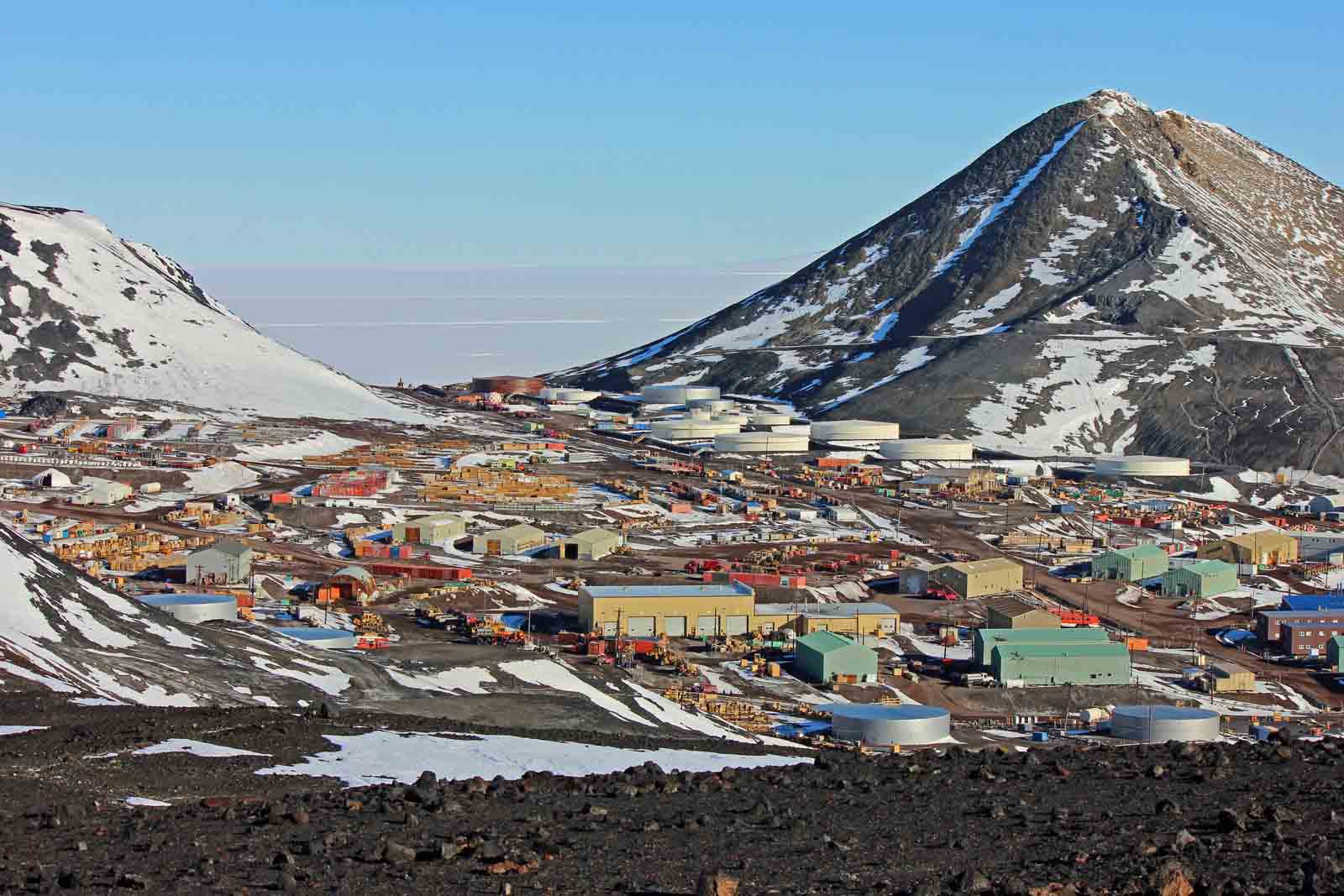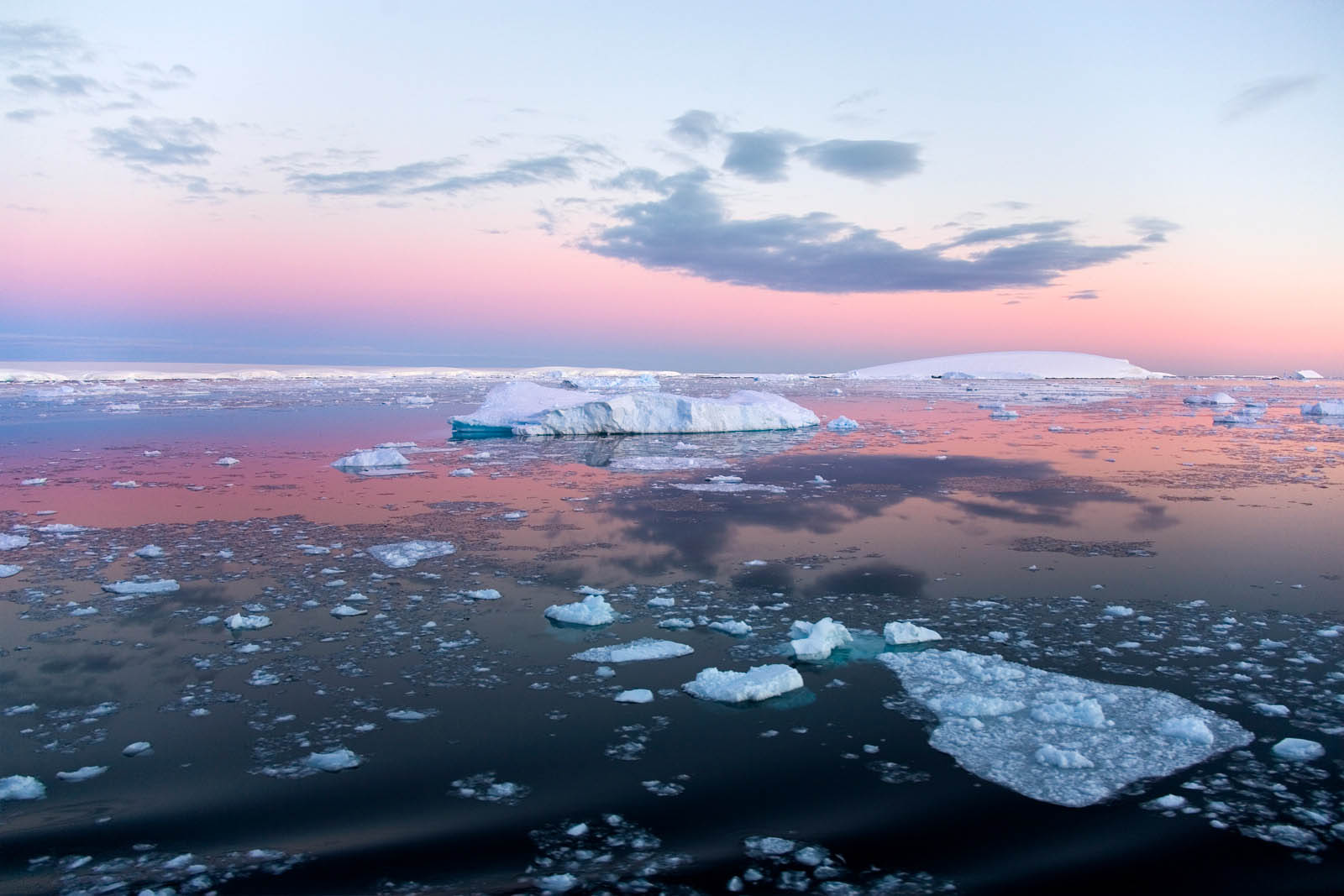
The 10 Biggest Mysteries Hidden in Antarctica | Travel News
Join us as we delve into the most fascinating and mysterious aspects of the world’s southernmost continent: Antarctica.
10. The Lava Lake
Antarctica is home to Mount Erebus, the Earth’s southernmost active volcano, which hosts a rare natural phenomenon: a lava lake. This geological marvel is one of fewer than ten permanent lava lakes on the planet. Formed by molten lava pooling in a volcanic crater, Mount Erebus’ lava lake has been active since 1972, while the volcano itself dates back approximately 1.3 million years. Historical accounts suggest the lake’s activity could date to the late 19th or early 20th century. What mystifies scientists is how this lake has remained active for so long, emitting gases with minute gold crystals during its mild eruptions.

9. The Southern Ocean
The Southern Ocean surrounds Antarctica, forming a critical yet underexplored ecosystem. Its westerly winds are key drivers of global ocean temperature changes. A 2022 study by researchers Maurice Huguenin and Matthew England from UNSW indicates this ocean could warm up to seven times its current levels by 2100. Such changes may disrupt food chains and accelerate Antarctic ice shelf melting, but how quickly this might happen remains uncertain.
8. The Identities of the Dead
The perilous conditions of Antarctica have claimed countless lives, from explorers to scientists. The 1819 San Telmo shipwreck, with over 600 fatalities, is the largest known disaster in Antarctic waters. Many victims remain unidentified, buried under ice or lost at sea. One particular mystery is a Chilean woman’s body found on the South Shetland Islands, dating to the early 19th century. How she arrived there—given that indigenous Chileans lacked the means for such travel—remains an enigma.
7. The McMurdo Dry Valleys
The McMurdo Dry Valleys, Antarctica’s largest snow-free desert region, offer unique insights into extreme ecosystems. With minimal precipitation and low humidity, these valleys are sensitive to even minor climate changes, providing a natural laboratory for studying global warming. Their Mars-like conditions also offer clues about extraterrestrial life, making them an invaluable research site.

6. The Giant Hole
In 2017, a vast polynya—a persistent open-water region within sea ice—appeared in the Weddell Sea. Roughly the size of South Carolina, this phenomenon puzzled scientists. Initially discovered in the 1970s (when it was as large as Arizona), the polynya vanished for decades before reappearing. Its formation and resistance to refreezing remain unexplained due to the area’s remote and harsh conditions.

5. Nazi Expeditions
In 1938, Nazi Germany launched the MS Schwabenland on the Third German Antarctic Expedition. Officially aimed at establishing a whaling base, the mission’s secrecy has fueled speculation. Some suggest the Nazis sought resources or established underground facilities in New Swabia, their claimed Antarctic territory. While little evidence supports such theories, the expedition’s true purpose remains a topic of debate.
4. UFO Sightings
Antarctica has been the subject of UFO lore for decades. Reports include sightings of darting silver objects and massive circular formations in the ice. One account from the late 20th century describes a plane losing power while flying over an alleged ice hole, followed by warnings to avoid the area. Polar explorer Admiral Richard Byrd’s claims of a mysterious Antarctic hole further fueled speculation about extraterrestrial activity.
3. Undiscovered Organisms
Antarctica’s harsh environment has yielded extraordinary discoveries of resilient life forms, including microorganisms, crustaceans, and fish. In 2015, a transparent fish with visible organs was found, along with 50-million-year-old worm sperm cells. A 2022 expedition uncovered a thriving underwater ecosystem beneath an ice shelf. These findings raise the tantalizing question: What other life forms might remain hidden?
2. Deep Lake
Deep Lake, a hypersaline Antarctic body of water, hosts haloarchaea—microbes uniquely adapted to its frigid, extreme environment. These organisms engage in high levels of gene exchange, a phenomenon that fascinates researchers. Antarctica also boasts over 400 subglacial lakes, including the massive Lake Vostok. The mysteries of these hidden water bodies, potentially numbering up to 675, remain largely unexplored.
1. Ancient Civilizations
In 2017, fossilized remnants of ancient rainforests were unearthed in west Antarctica, suggesting a much warmer past with annual temperatures averaging 53–55°F. This discovery has sparked speculation about whether human civilizations once inhabited the continent. While evidence is scarce, some theorize that Antarctica could have been home to the mythical Atlantis or other ancient societies. Could there be more to uncover beneath the ice?
What’s your favorite Antarctica mystery? Share your thoughts!
Check Our Suggested Tours:
- North Spitsbergen Explorer - Versatile landscapes, sea ice & wildlife
- Patagonia, Falklands, South Georgia and Antarctica Odyssey
- North Spitsbergen Explorer - Versatile Landscapes, Sea Ice & Wildlife
- Epic Falkland Islands, South Georgia & Antarctica
- Ushuaia Roundtrip 9 Nights
- East Greenland, Scoresby Sund - Iceland , Aurora Borealis, Fly & Sail


